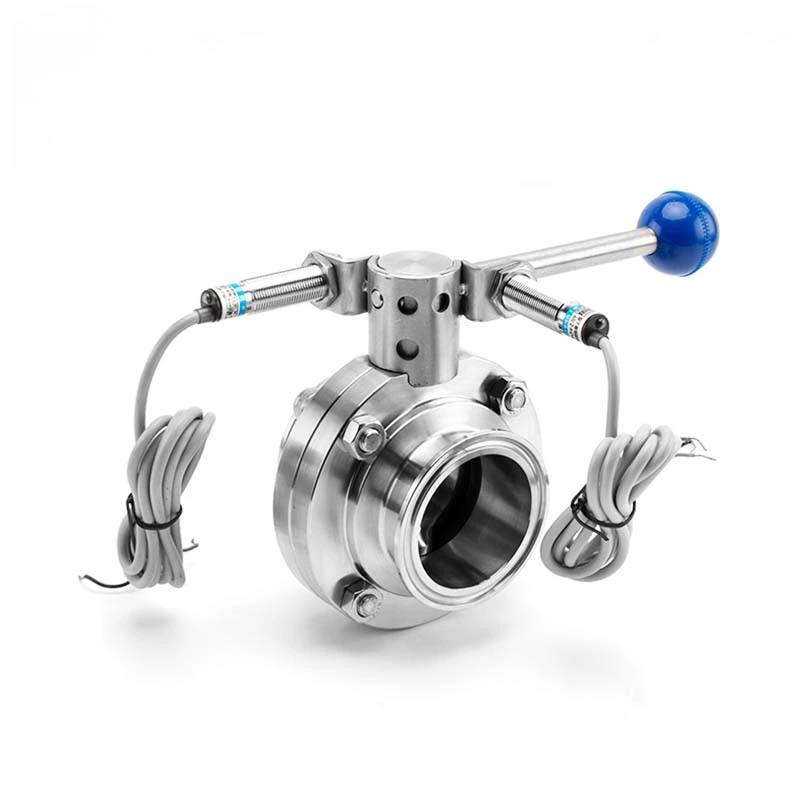Inspection Of Sanitary Butterfly Valve After Surface Treatment
Sanitary Butterfly Valve Stainless Acid-Resistant Steel Corrosion Test
Through the material test piece, the main inspection is to check the intergranular corrosion of stainless steel. The weight of the test piece changes due to the corrosion of the medium. The degree of change depends on the concentration, temperature and pressure of the medium, and also depends on the tissue state of the test piece itself. The basic methods are:
(1> Copper sulfate-sulfuric acid boiling test method (L method);
(2) Copper scraps, copper sulfate-sulfuric acid test method (T method);
(3> Oxalic acid boiling test method (X method);
<4) Oxalic acid electrolytic etching test method (C):
(5> Sodium fluoride-nitric acid constant temperature test method (F method).
Sanitary butterfly valves are undergoing surface chemical treatment When testing the corrosion resistance of parts, it is required that the parts be tempered before nitriding or chemical nickel plating, and the decarburized layer metal is cut off. The corrosion resistance test content is carried out according to the table.
Corrosion resistance test content of sanitary butterfly valve after surface treatment
Material and treatment
Inspection items
Density
Brittleness
Hardness
Nitriding and chemical plating depth/mm
35 Anti-corrosion nitriding
Immerse the parts in 10% copper sulfate solution, keep the nitrided layer surface of 2mm parts without copper precipitation
Use Hv10 Vickers hardness method to check <2 level
0.01~0.3
38CrMoAIA anti-corrosion nitriding
Hv10≥ 900
≥0.4
38CrMoAIA hardness nitriding
Hv10≥ 750
≥0.2
1Cr11MoV hardness nitriding
Hv10≥750
≥0.16一0.2
1 Cr13.2Cr13 hardness nitriding
Hv10≥ 900
≥0.08
ZGl Cr18Ni9,1 C 118Ni9Ti hardness nitriding
20Cr1MoV 1,20Cr1Mo1V -NbTiB chemical plating (phosphorus nickel plating)
Immersed in red blood salt and sodium nitride solution for 2mm, no blue spots are allowed (no more than 1 point/5mm is allowed)
During the production or repair of sanitary butterfly valves, the above tests are selectively carried out according to drawings or technical conditions.
For intergranular corrosion performance, only the general requirements of 1 The T method is commonly used for sanitary butterfly valve parts or welding materials of Cr18Ni9Ti. The F method can be used for valve parts containing Mo-containing stainless acid-resistant steel (such as 1Cr18Ni12Mo2Ti). For valve parts with high requirements for intergranular corrosion performance, the X method is usually used. The oxalic acid electrolytic etching test method (C method) is a screening test method for the T method, L method, F method and X method. When used for the screening test of the X method, it is not suitable for stainless acid-resistant steel containing Mo or Ti. The C method is short in time and can be tested directly on the valve parts, and can be used as a non-destructive testing method. For valve parts made of ultra-low carbon stainless acid-resistant steel, when the manufacturing process and heat treatment process are very regular, there is generally no intergranular corrosion and no detection is required.
